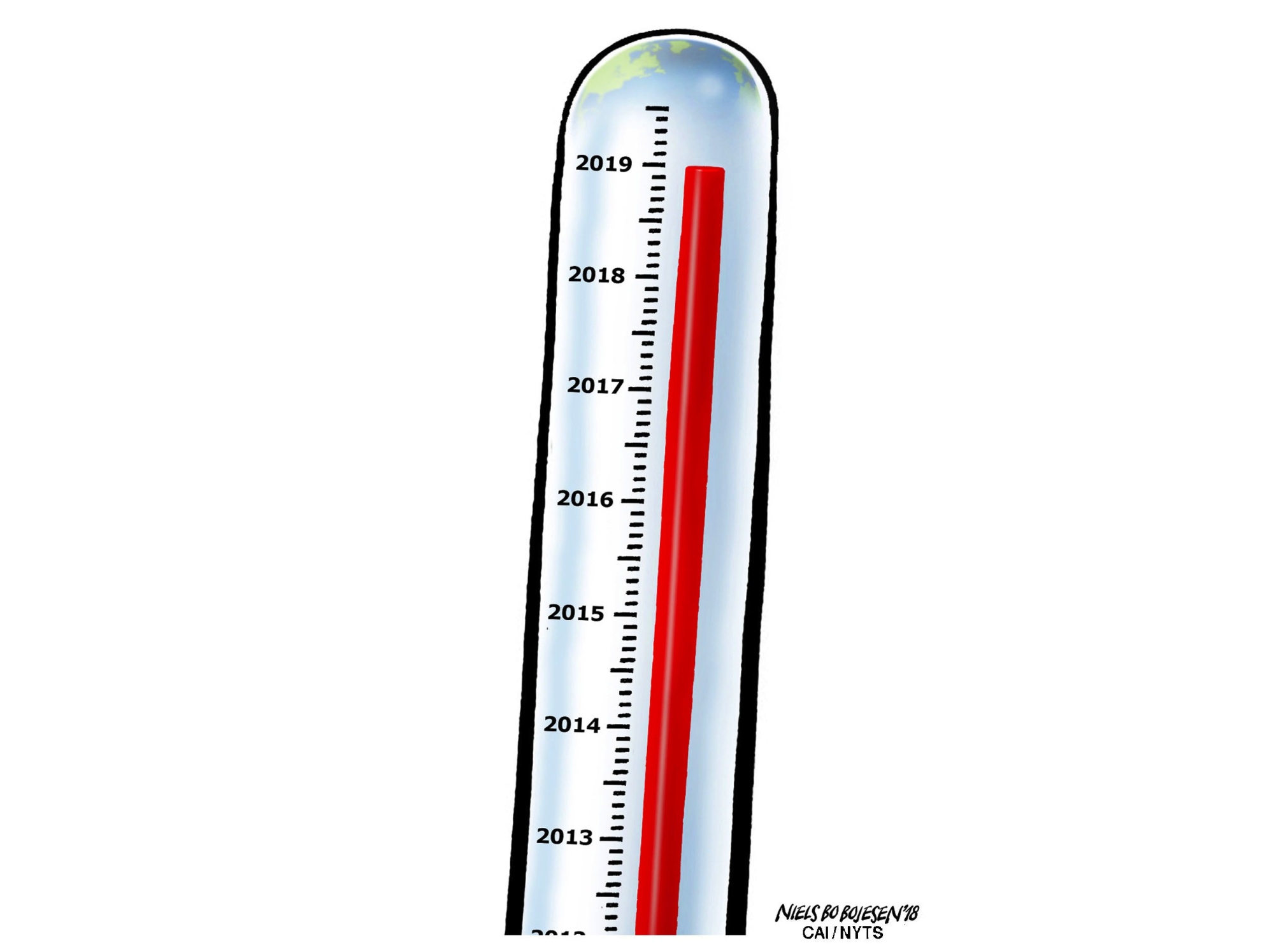As concentrations of atmospheric carbon dioxide surpass 400 parts per million, the costs of the climate crisis — in terms of economic losses, environmental impacts and human lives — continue to rise. Last October, the Intergovernmental Panel on Climate Change (IPCC) warned that global temperatures approaching 1.5 C above pre-industrial levels will have serious consequences for humanity and biodiversity. Anything beyond that level will be catastrophic.
To avoid crossing the 1.5-degree threshold, the world must nearly halve its carbon dioxide emissions by 2030 and reach net zero emissions by 2050. This will be possible only if we completely eliminate fossil fuels from the economy within the next few decades. Attempts to circumvent that reality will only make matters worse.
We're at risk of doing just that. A growing number of people are now considering the once-unthinkable strategy of geoengineering our way out of the climate crisis. Proposed approaches vary widely, but all share a few key features: They are technologically uncertain, environmentally risky and more likely to accelerate the climate crisis than to reverse it.

















With your current subscription plan you can comment on stories. However, before writing your first comment, please create a display name in the Profile section of your subscriber account page.